Kyoto is an ancient city that is also attractive for sightseeing. Naturally, the food culture will be deep if the place is the origin. The soup stock culture in the Kansai region naturally has a positive effect on local ramen and is entertaining to the tongue of ramen freaks. Kyoto ramen (京都ラーメン) is a general term for ramen provided and consumed mainly in Kyoto City, Kyoto Prefecture, Japan. This dish is famous for its rich and distinct soup. Today, let’s find out more about this specialty of Kyoto!
What is Kyoto ramen?
Due to the image of Kyoto cuisine and the influence of “Kyoto-style ramen” that became a boom in the metropolitan area, Kyoto ramen is often believe to be light, but in reality, it is a quite rich ramen in Japan. It seems that some ramen fans actually have their own standard of “richness”. First, the viscosity of the soup itself is high. Secondly, it is “rich” in the sense that it has a lot of fat in appearance.
If you use these two points as “rich”, the former is exactly “Tenkaippin”, but you should not eat it at a store called “Kyoto ramen classic”. The classic ones are the “Masutani” and “Hosokawa” is the so-called “back fat chatcha”. It looks greasy, but the base soup is surprisingly smooth. In addition, the backfat itself is well-simmered as a soup, and it is a high-quality product with all excess fat removed
Kyoto ramen History
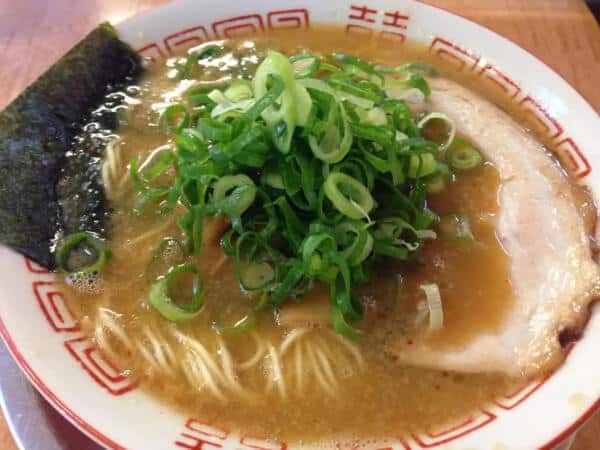
The history of Kyoto ramen begins when a street stall suddenly appeared in front of Kyoto Station around 1961. The stall was selling noodles that people had never seen before, not udon or soba. Mr. Xu Yongbao from Zhejiang Province, China, was the owner of the street stall. He later became the creator of the original Kyoto ramen “Shinpuku Saikan”. Mr. Xu’s ramen, topped with a thick soup with soy sauce and seasoned thin slices of meat, became a hot topic of conversation.
After that, rich ramen with a thick soy sauce flavor of chicken-based soy sauce and plenty of back fat appeared. In addition, the “Tenkaippin” ramen, which cooked chicken until they serve the gelatin, became a big hit in Kyoto and advanced all over the country. The fat and soup emulsified, and the thick texture of the soup created a new field of ramen.
But why did thick ramen become the mainstream in Kyoto, a culture of thin mouths? According to one theory, Mr. Xu, who has friends from China in various parts of Japan, bought a recipe for ramen with soy sauce from Tokyo. Another major factor was the broth made from chicken. Originally, chicken soup is thicker when boiled down than pork bones. Moreover, in Kyoto, where there are many universities, there are many students from all over the country. Cheap and strong-tasting ramen was very popular among the students.
Kyoto ramen Recipe
Kyoto ramen Ingredients
| Ingredients of Kyoto ramen for 1 person | |
| Chicken soup with pork ribs | 300g |
| Noodles | 150g |
| Dark soy sauce | 30g |
| Light soy sauce | 10g |
| Mirin | 5g |
| Hi-Me Ajinomoto | 4g |
| Back fat | 150g |
| Kujo green onions | 10g |
| Menma | 5g |
| Roast pork | 150g |
How to make Kyoto ramen
Locals recommended to warm the stocked back fat in a water bath and set aside the soup stock.
The noodles are good at hardening, so the boiling time is 1 minute and 15 seconds. Many Japanese recommend to leave the core a little.
Pour the soup into a bowl and add the noodles.
After all of these steps, you can now pick your toppings and complete it.
The point is to season it with a little soy sauce. You can make the ramen more delicious by adjusting the balance to your liking. The roast pork also flooded your mouth with umami including the noodles.
What are the three types of Kyoto ramen?
Easy-to-use system
Based on light tonkotsu, chicken bones, and pork-based bouillon soup. “Shinpuku Saikan” and “Daiichi Asahi” are representative. Even though it is a simple system, this is just an expression based on Kyoto standards. Actually, it has a rich, distinct taste, with a firm taste of the animal stock.
Back Fat Chinese buckwheat noodles (semi-rich)
“Masutani” and “Hosakawa” are famous types of chicken soup with pork back fat, which is considered the standard for “Kyoto Ramen.”
Plain hot water
There are some well-known “”Tenkaichi”” and “”Tenzenyu”” all over the country, but this line is more like a minority in Kyoto.
Kyoto ramen vs Kansai udon
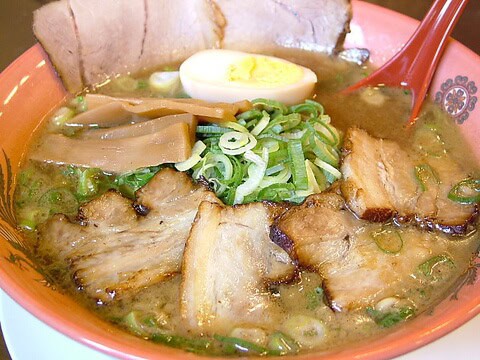
Originally, chicken soup is thicker than pork, although it depends on how you take the dashi stock and how it feels on the tongue. Using chicken, it will have a richer taste. Unfortunately, straight noodles do not have the unique color of Kyoto, but the chicken soup has a distinctive scent of ramen culture that is unique to Kyoto.
Common mistakes about Kyoto ramen
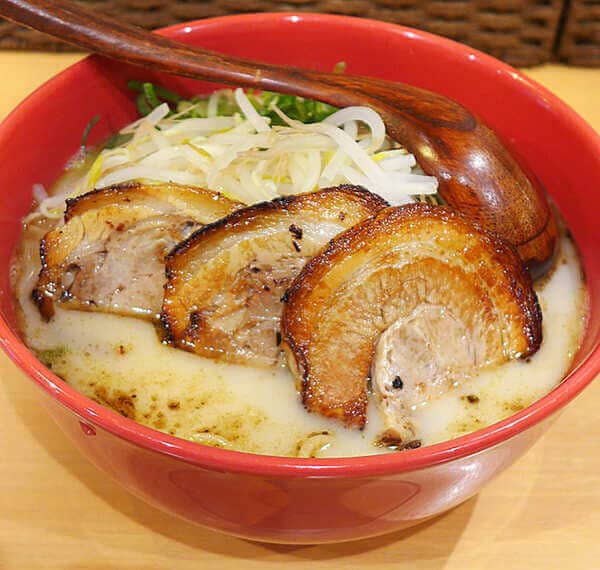
Kyoto ramen is thin noodles
This is a mistake that is no longer qualified to talk about Kyoto ramen. It is not thin noodles. Japanese people all know that this dish is a “thick straight noodle”.
Kyoto ramen and Kyoto-style ramen are different
It’s one of the most believable mistakes that ramen bloggers who haven’t eaten ramen often make. After making an unfounded premise that Kyoto-style ramen is “a ramen that looks like Japanese style”, it claims that “Kyoto ramen and Kyoto-style ramen are different”. But in reality, there are also shops that offer something quite similar to “Kyoto Ramen” under the name of “Ramen”. For example, there is ” Kyoto-style ramen ” in the “Kusatsu parking area (down line)” that is not in Kyoto, but it uses thin straight noodles with low water content that has floating back fat, and it looks different from this dish.
How many calories can you get from Kyoto ramen?

Experts calculate calories as a rough guide for standard ramen without toppings. Calories vary depending on the store and each ramen, so please refer to it. By the way, in the case of tsukemen, the amount of noodles is larger than that of ramen, so the calories are higher by that amount. A good rule of thumb is about 1.3 times the table below. The calorie of only noodles is about 100g and about 150kcal.
| Types of ramen | Calorie guide (kcal) |
| soy sauce (light) | 500 ~ 600 (kcal) |
| salt (light) | 450 ~ 600 (kcal) |
| pork bones (light) | 500 ~ 600 (kcal) |
| miso (light) | 500 ~ 600 (kcal) |
| soy sauce (thick) | 600 ~ 800 (kcal) |
| salt (thick) | 550 ~ 750 (kcal) |
| pork bones (thick) | 700 ~ 900 (kcal) |
| miso (thick) | 700 ~ 900 (kcal) |
| Jiro ramen | 1300 ~ 1500 (kcal) |
| Family ramen | 700 ~ 900 (kcal) |
Where to buy Kyoto ramen
Shinpuku Saikan Main Store (新福菜館 本店)

In 1938 Mr. Xu Yongbao from Zhejiang Province, China offers Chinese noodles at a food stall. This is the beginning of Chinese noodles with dark soy sauce at “Shinpuku Saikan Main Store”. The toppings are char siu and Kujo green onions. A secret sauce soup made by blending dozens of ingredients with rich soy sauce using chicken and pork. It is not as dark as it looks and has a mild taste and richness.
Honke Daiichi Asahi (本家第一旭)
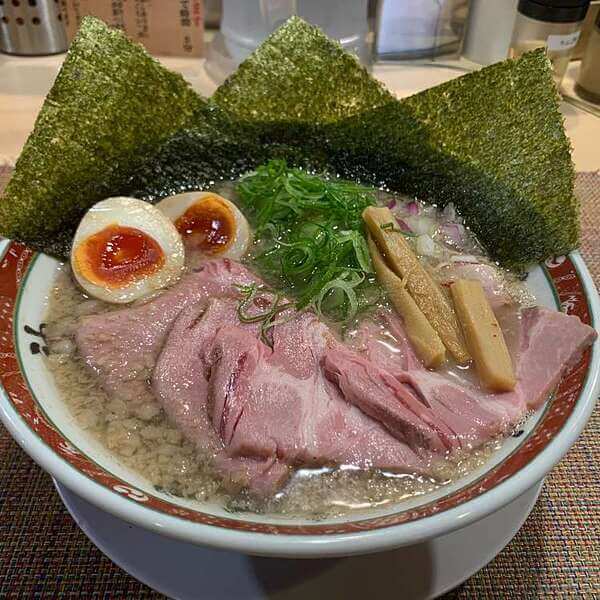
A long-established Kyoto ramen shop that has been in business for over 50 years and next to the Shinpuku Saikan Main Store. The clear pork bone soy sauce soup has the taste and flavor of pork bone soup and served with high-quality raw soy sauce. The noodles are medium-thick straight noodles from the Kondo Noodle Factory. It is made by blending multiple flours and using only a small amount of salt and brine. A bowl filled with char siu and Kujo green onions, which weighed about 120 kg.
Tenkaippin Sohonten (天下一品 総本店)

Currently, there are 244 stores nationwide (as of 2018). It has become one of the top five ramen chain stores nationwide. The toppings are char siu, menma, green onion, and stewed beef tendon. The uniquely finished soup made by boiling chicken and vegetables has a rich and mellow taste. Their noodles are medium-thick straight noodles with soup. Moreover, they thinly sliced the char siu on the lean part.
Menya Gokkei (麺屋 極鶏)
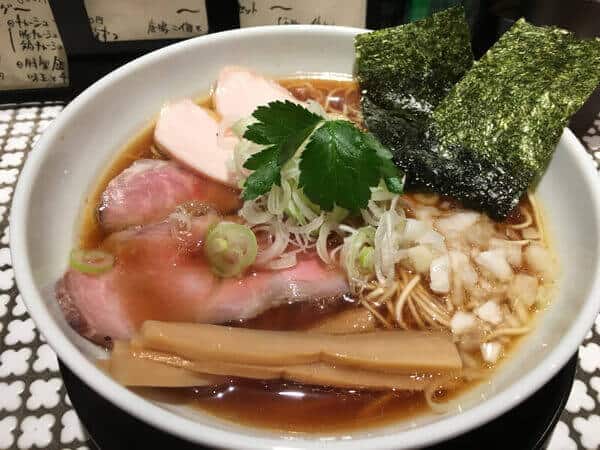
The bright red bowl contains char siu, menma, and green onions. The soup made by boiling chicken meat and chicken for about half a day has no odor or unpleasant taste and has a smooth and elegant finish. Using a medium-thick straight noodle shop from Kyoto’s long-established noodle factory, the soup is well entwined and the texture is excellent.
Final Thoughts
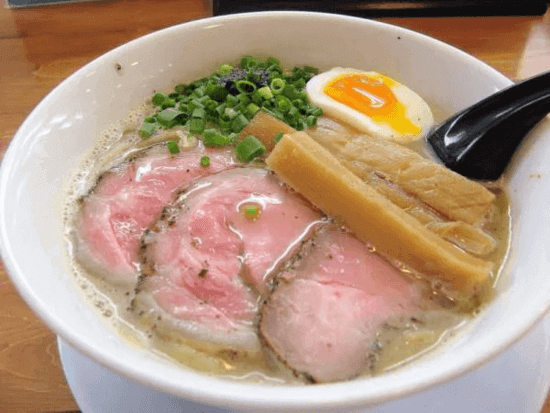
There are many delicious gourmet foods in Kyoto, but ramen is secretly popular. From the image of Kyoto cuisine, you might imagine that ramen is also an elegant and light soup, but in fact, a thick and rich type is common in Kyoto. In recent years, the number of shops that offer trendy flavors in the Kanto and metropolitan areas has increased. Kyoto is an ancient city that is also attractive for sightseeing. It is natural that the food culture will be deep if the place is the origin. In Japan, each region has its own unique local ramen flavors. A typical Kyoto ramen is made with a shoyu (soy sauce) base broth and features straight noodles in a thick and heavy soup. Other popular Kyoto dishes are the sweets Uirō and Youkan.



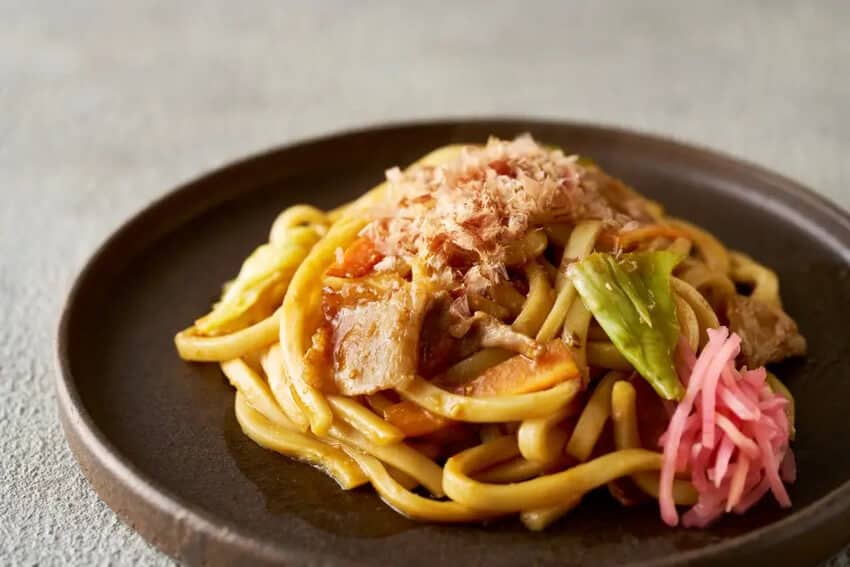
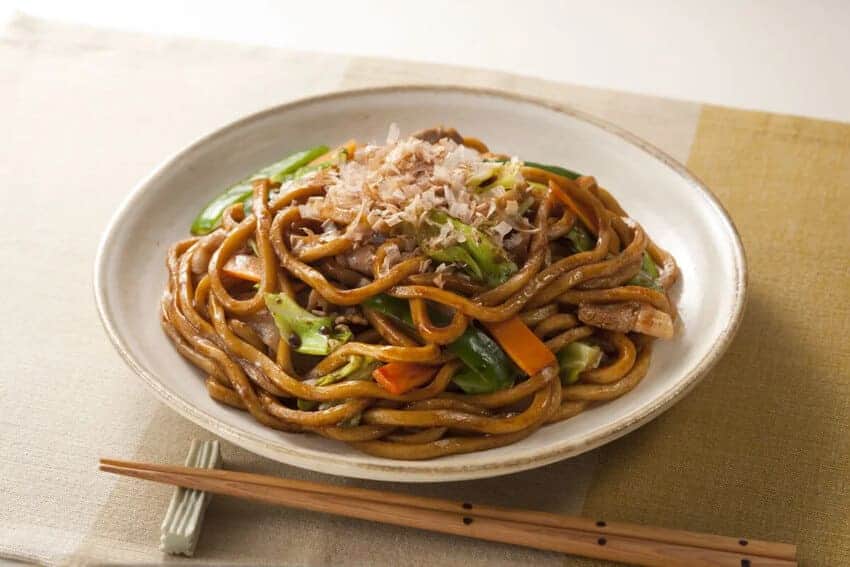

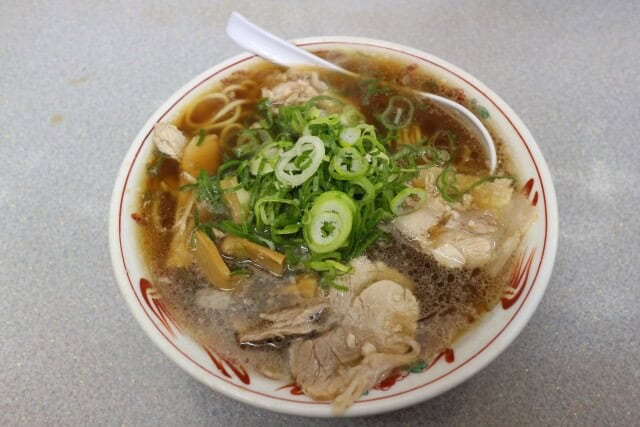
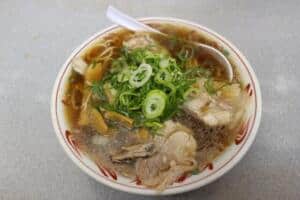
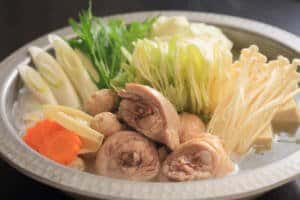
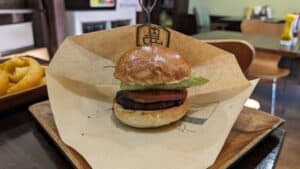
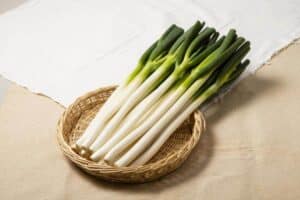
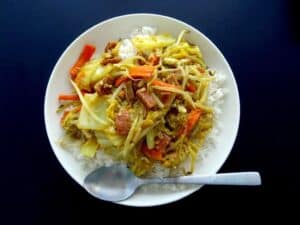
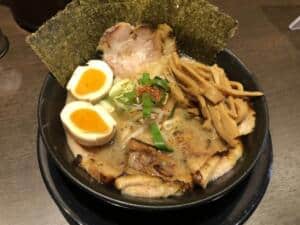
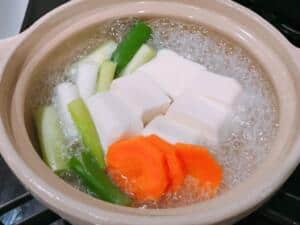

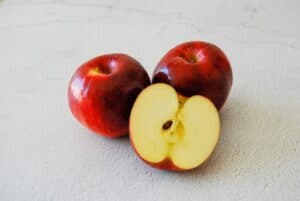
Comments